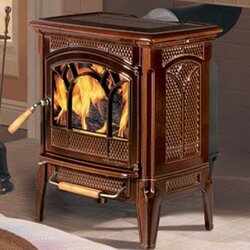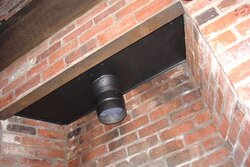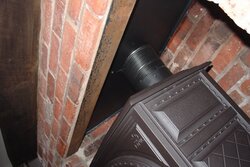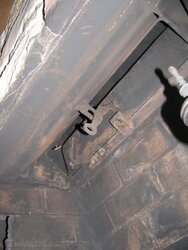I like the look of this set up and would like my install to look similar. Is a "T" a necessity with a flex liner? Or can the flex liner attach to the stove itself and I could paint the liner black where it meets the stove? Just trying to get the cleanest look.
Can a flex liner attach to stove collar?
- Thread starter BucksCounty
- Start date
-
Active since 1995, Hearth.com is THE place on the internet for free information and advice about wood stoves, pellet stoves and other energy saving equipment.
We strive to provide opinions, articles, discussions and history related to Hearth Products and in a more general sense, energy issues.
We promote the EFFICIENT, RESPONSIBLE, CLEAN and SAFE use of all fuels, whether renewable or fossil.





